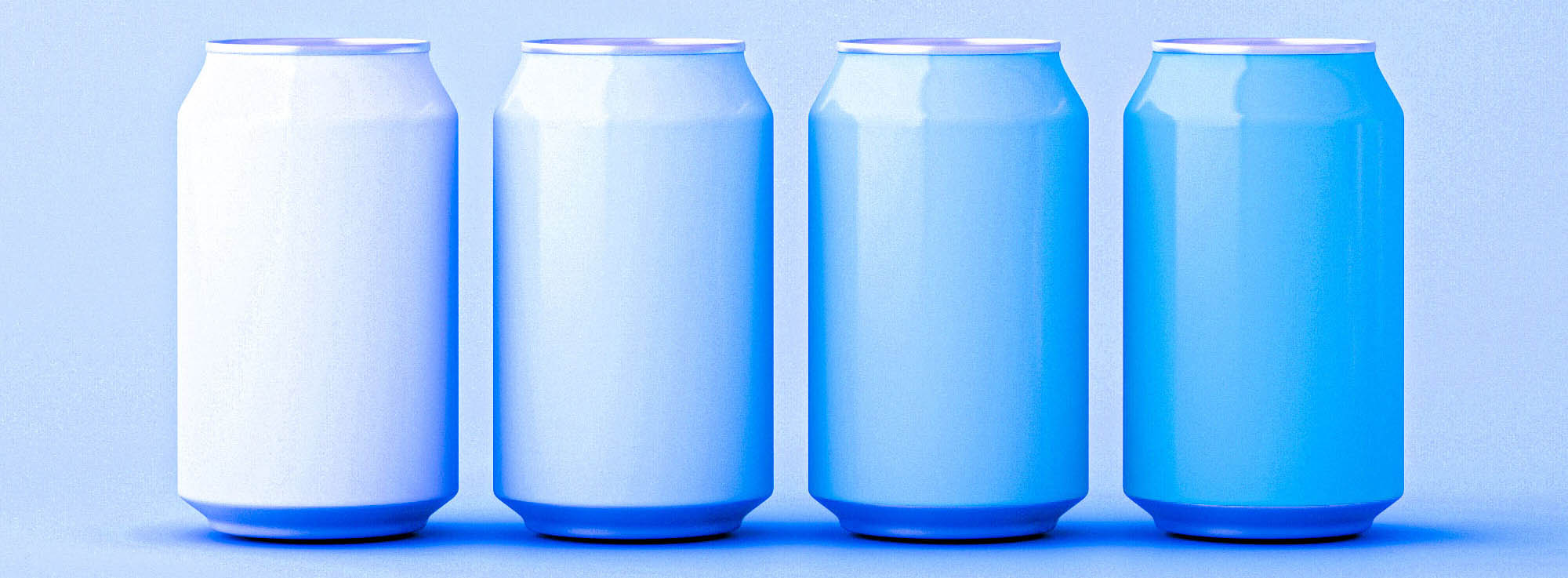The provisions of the new Regulation aim at ensuring that consumers’ health is protected and that they are well informed by monitoring the composition and labelling of products. The Regulation also provides for the assessment of product safety and the prohibition of animal testing.In this article we outline some important requirements in the regulation that impact on how safety and exposure assessments need to be carried out from today onwards.
Safety Assessment
For safety assessments, the regulation requires that:
“1. The responsible person shall ensure that: (a) the intended use of the cosmetic product and the anticipated systemic exposure to individual ingredients in a final formulation are taken into account in the safety assessment;” (emphasis added)
Furthermore, the regulation states (clause 33) that:
“A safety assessment of substances, particularly those classified as CMR 1A or 1B substances, should consider the overall exposure to such substances stemming from all sources.” (emphasis added)
Safety assessors now need to assess total aggregate exposure to a substance from all sources when assessing the safety of their products and ingredients in their formulations.
Cosmetic Product Safety Report
Safety assessors need to submit a Cosmetic Product Safety Report and the following information is now required:
“Data on the exposure to cosmetic product taking into consideration the findings under Section 5 in relation to
1) The site(s) of application;
2) The surface area(s) of application;
3) The amount of product applied;
4) The duration and frequency of use;
5) The normal and reasonably foreseeable exposure route(s);
6) The targeted (or exposed) population(s). Potential exposure of a specific population shall also be taken into account.
The calculation of the exposure shall also take into consideration the toxicological effects to be considered (e.g. exposure might need to be calculated per unit area of skin or per unit of body weight). The possibility of secondary exposure by routes other than those resulting from direct application should also be considered (e.g. non-intended inhalation of sprays, non-intended ingestion of lip products, etc.). Particular consideration shall be given to any possible impacts on exposure due to particle sizes.” (emphasis added) and “Data on the exposure to the substances contained in the cosmetic product for the relevant toxicological endpoints taking into account the information under Section 6.”
Creme Global provides the most detailed data available on consumers’ habits and practices for personal care and cosmetics products and the most accurate exposure models on the market. This allows you to have confidence in your safety assessments and products.
Creme Global has models to deal with total aggregate exposure including dermal, inhalation and oral ingestion routes from all sources. Sources of exposure that we manage in our models include: personal care products, cosmetics, food, air care and household care products allowing us to provide total aggregate exposure results as called for in the regulation. In summary, detailed data on cosmetics habits and practice as well as calculations of aggregate exposure to substances and cosmetic ingredients need to be included in cosmetic product safety assessments from today onwards.
Definitions
CMR: Carcinogenic, Mutagenic and toxic for Reproduction.
Substance: a chemical element and its compounds in the natural state or obtained by any manufacturing process, including any additive necessary to preserve its stability and any impurity deriving from the process used but excluding any solvent which may be separated without affecting the stability of the substance or changing its composition.


